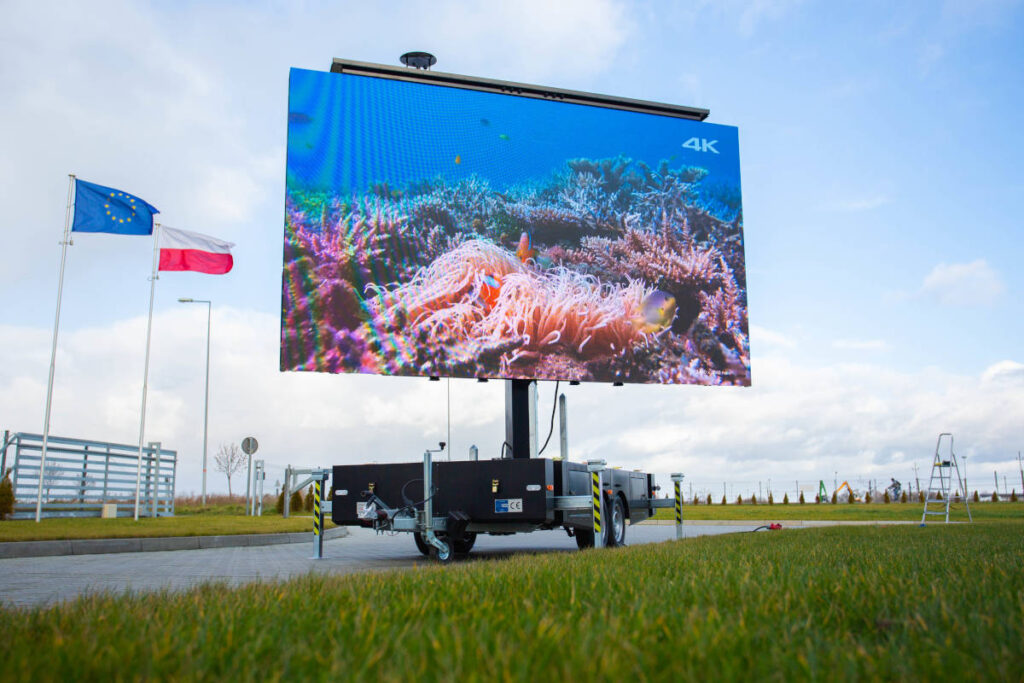A Thorough Comparison of Different LED Display Wall Technologies and The Applications
LED display walls have become increasingly popular across different environments, including concerts, sports events, and corporate meetings. These large large displays consist of composed of many individual Light Emitting Diode modules which work together to create a single cohesive image. There are multiple kinds of Light Emitting Diode display wall technologies on the market, every having its unique characteristics and benefits. Understanding these options can assist companies as well as organizations choose the right option for their particular needs.
One frequent kind of LED video screen solution is the directly viewed LED. This solution utilizes individual LED units that are placed near in proximity to create a large screen. Directly viewed Light Emitting Diode walls are known for their elevated luminosity as well as vibrant colors, making them perfect for external events or brightly illuminated settings. These displays also have a wide viewing perspective, allowing indicating that viewers can see the screen distinctly at different positions. This renders directly viewed LED screens a popular choice for sports arenas as well as outdoor festivals.
Another kind of Light Emitting Diode display wall technology is the LED-backlit Liquid Crystal Display. Such technology combines traditional Liquid Crystal Display displays and Light Emitting Diode illumination for improved brightness and color precision. LED illuminated Liquid Crystal Displays are often used in indoor environments, including retail centers and conference rooms. They provide superior visual clarity while are generally more affordable than direct view Light Emitting Diode screens. Nonetheless, they may not function as well in well-lit environments, as the backlighting can sometimes wash out the hues.
Another thirdly option is the Organic Light Emitting Diode display screen. Organic Light Emitting Diode solution offers superior contrast and color depth compared to other kinds of screens. Every dot in an OLED screen emits its own luminescence, allowing for genuine blacks and vibrant colors. This makes Organic Light Emitting Diode video screens especially appealing for applications that require high-quality visuals, such as art galleries or high-end retail stores. However, OLED solution can be costlier costly while may often be as luminous as directly viewed LED walls, making it less suitable for outdoor use.
In addition to these options, various additionally various applications for Light Emitting Diode display walls. They can be used for promotion, entertainment, and information presentation. For instance, businesses often utilize Light Emitting Diode display walls for digital advertising to draw in customers and advertise goods. In entertainment, they enhance the sight encounter at concerts and gatherings, offering dynamic backgrounds as well as captivating visuals. Within business settings, LED display screens can be used for presentations, visual meetings, and educational programs, helping to convey information through a find out this here aesthetically appealing manner.
To summarize, LED video walls are available in various technologies, each with its own advantages as well as uses. Direct view LED walls are ideal for external use, while LED illuminated LCDs are more suitable for interior settings. Organic Light Emitting Diode display walls offer superior image quality yet may come at a greater price. Understanding the differences variations can help entities make informed choices about which kind of LED video screen best satisfies their needs, whether it be for promotion, entertainment, or business use.